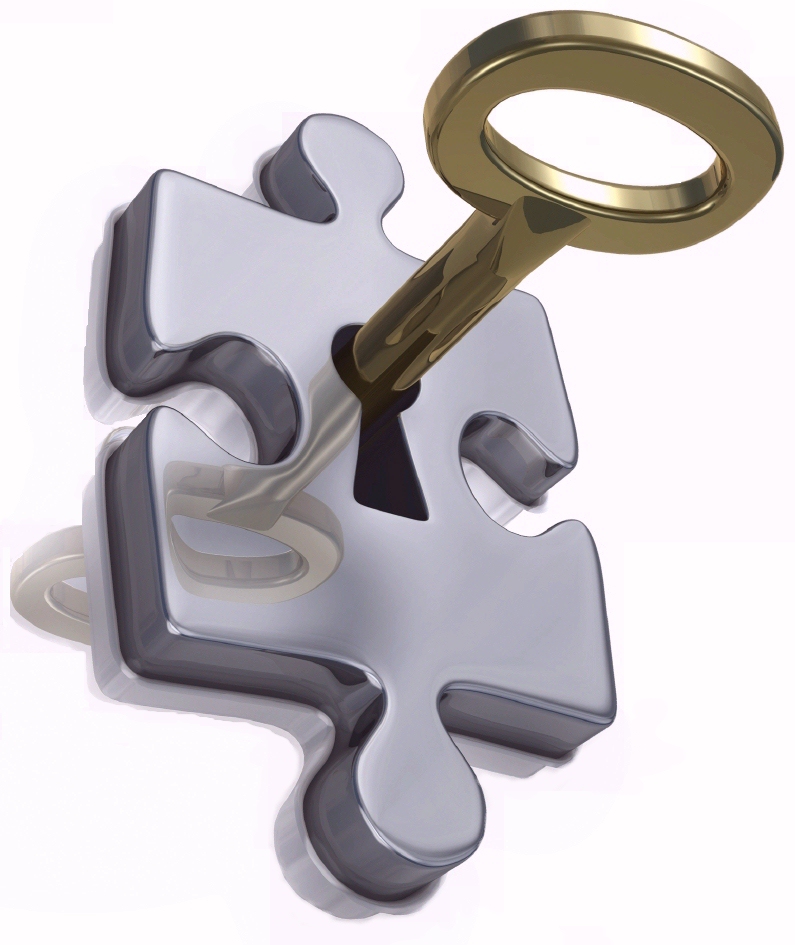|
|
Senior Connection
|
SeniorConnectionTeamYavapai.com |
| Welcome | Conference & Expo | Resource Directory | Articles | Videos | Agency Sign-Up | Contact Us | |
|
|
How to Shoot Your
Presentation Video
|
|
The information contained herein and throughout this Senior Connection website is for educational purposes only. It is not intended, nor should it be construed as legal, medical, emotional and/or financial advice. Inclusion of companies, individuals or agencies, or their services or products, does not constitute an endorsement by SeniorConnection.us, the company, its parent corporation, its employees or interns.
© 2021, SeniorConnectionTeamYavapai.com; PO Box 11929; Prescott AZ 86304
